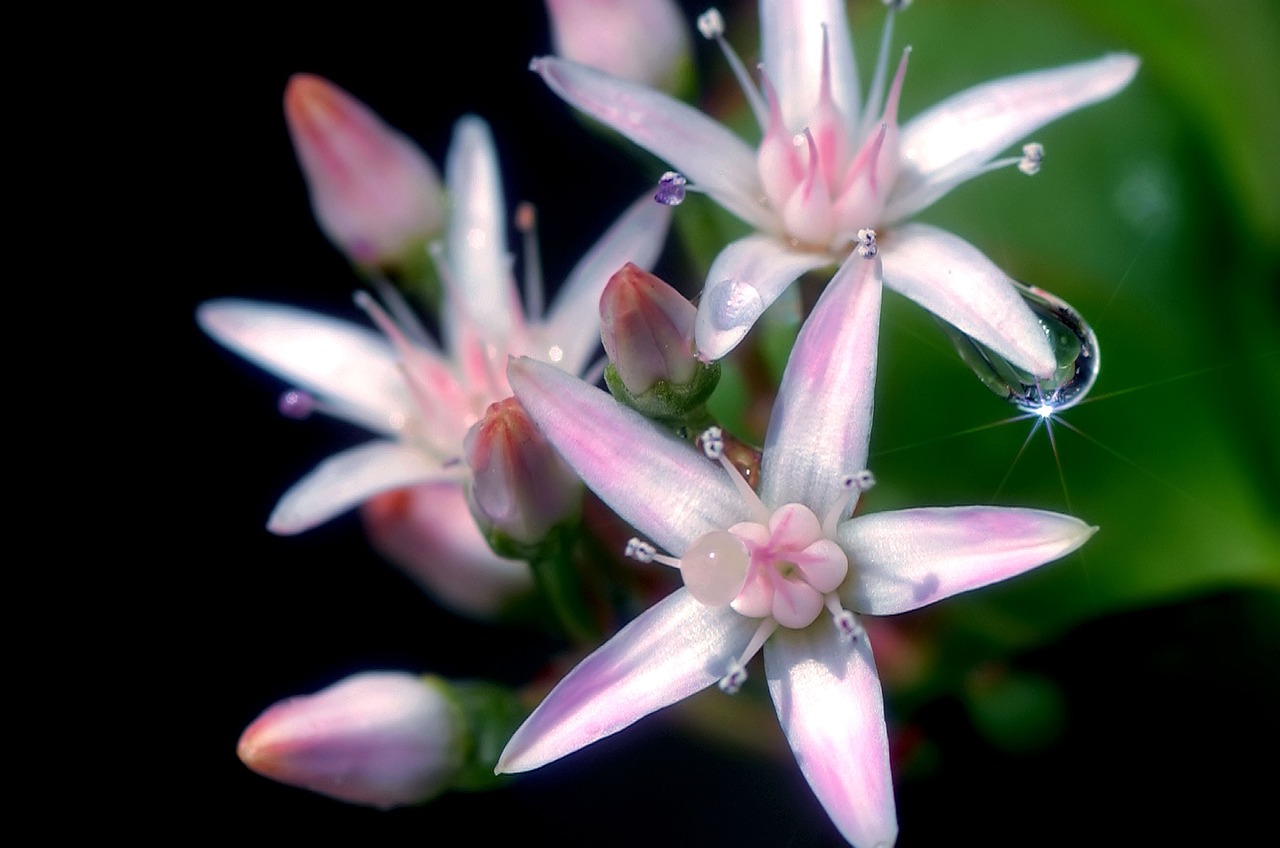Mythology
-

Fuxi (伏羲) and Nuwa (女娲) hold significant positions within Chinese mythology as pivotal deities credited with the creation of humankind. Fuxi is recognized for introducing various innovations that greatly enhanced human existence, while Nuwa is celebrated for her heroic efforts in saving humanity from an overwhelming disaster. Their shared legacy results in their recognition as…
-
Overview In the rich tapestry of Chinese mythology, Fuxi holds a preeminent place as the first male ancestor of humanity, embodying the characteristics of a cultural hero and a kindly deity. His contributions to early civilization are significant, including the creation of writing, the establishment of fishing practices, and the domestication of animals, all vital…
-

Fuxi (伏羲) and Nuwa (女娲) stand as pivotal figures within the rich tapestry of Chinese mythology, credited with the creation of humanity. Beyond their roles as creators, Fuxi is known for presenting various beneficial innovations to society, while Nuwa is celebrated for rescuing humanity from catastrophic dangers. This positions Fuxi and Nuwa as cultural heroes,…
-
Overview In the realm of Chinese mythology, Fuxi emerges as humanity’s first male ancestor, a cultural icon, and one of the most revered deities of Ancient China. He is ascribed with the creation of numerous innovations pivotal to human advancement, including the development of the writing system, fishing methods, and the domestication of animals. Artistic…
-

Happy Mid-Autumn Festival! In Mandarin, we refer to this occasion as Zhōngqiū Jié (中秋节)! Here, I have included a drawing of the Moon Goddess of Chinese mythology, Chang’e (嫦娥), who is a central figure in this wonderful celebration. To our friends in Korea, we wish you a joyful Chuseok, and to those in Japan, we…
-

Chang’e is a significant figure celebrated during the Mid-Autumn Festival, also known as the Moon Festival, where she is venerated as the Moon Goddess. But how did she ascend to the Moon? The intertwined tales of Chang’e, her husband Hou Yi, and the Mid-Autumn Festival are rich in variations. Here are two of the most…
-

Chinese jade represents any carved-jade artifacts created in China, tracing back to the Neolithic period (around 3000–2000 BCE) and continuing through history. The Chinese have always held jade in high esteem, associating it with purity and eternal strength. The Significance of Jade In Chinese art and culture, jade holds a unique status, revered even more…
-

The Legacy and Craftsmanship of Chinese Jade Chinese jade refers to any carved jade artifacts created in China from the Neolithic Period (circa 3000–2000 BCE) onwards. Throughout history, the Chinese have held carved jade in high esteem, viewing it not only as valuable but also as a symbol of purity and resilience. The Significance of…
-

The tale of Chang’e, the revered Moon Goddess, is a cherished narrative within Chinese myths and traditions. This captivating story has been transmitted across generations, enchanting audiences globally. The legend not only sheds light on the origins of the Mid-Autumn Festival but also conveys profound themes of love, loss, and celestial existence. The Story Unfolds…
-

Chinese jade has been cherished since the Neolithic Period (circa 3000–2000 BCE), symbolizing purity and resilience in Chinese culture. Carved jade objects are not just valued for their beauty but are deeply rooted in moral significance. The Significance of Jade In Chinese artistic heritage, jade holds a status akin to gold in Western contexts, albeit…


